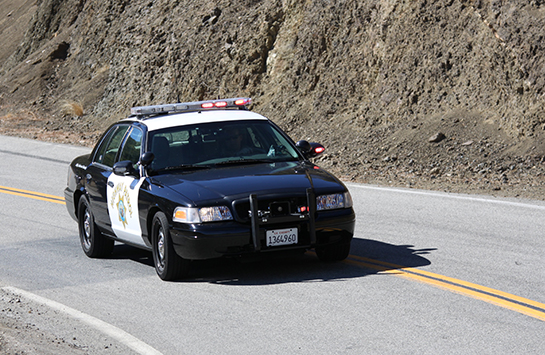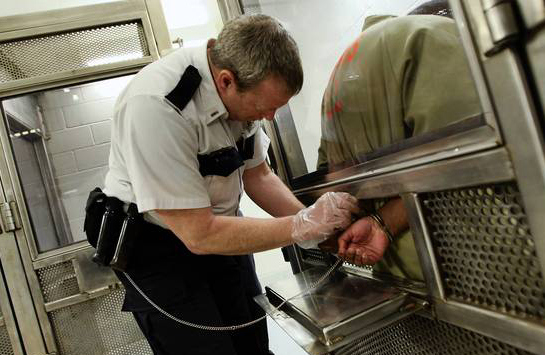Law Enforcement Safety Research
Introduction
The Law Enforcement Epidemiology Project at the University of Illinois Chicago aims to conduct novel research on risk factors, scope of work-related injuries and long term outcomes following an injury suffered by law enforcement personnel on the job. Our research has focused on utilizing workers’ compensation data to better describe the magnitude, trend, and outcomes of workplace injuries among law enforcement personnel in Illinois.
Unlike many other studies related to health outcomes of law enforcement officers, our work provides details on injuries and illnesses suffered by law enforcement personnel caused by all circumstances (not only violence-related) and stratifies law enforcement officers by specific occupational subgroups: Correctional Officers, Municipal Police, Sheriff, and State Police. Differences in job duties and populations served by the four law enforcement subgroups correspond with some of the observed differences in cause and nature/mechanism of injury and illness.
Quick Facts
-
+ 80 % Of injuries suffered by law enforcement are caused by preventable non-violent means.
-
Higher Risk In Illinois, correctional officers consistently had the highest claim rates for workplace injuries.
Falls and Motor Vehicles are Most Common Causes of Injury

Injuries to law enforcement personnel are primarily caused by nonviolent means; only 5% to 18% of injuries were caused by assaults across the four subgroups of law enforcement personnel: Correctional Officers, Municipal Police, Sheriff, and State Police. Fall related injuries were the most common cause of injury in all subgroups. Correctional officers were more likely to be injured from falls and assaults than any other subgroup of law enforcement personnel. State police were the most likely to be injured by a motor vehicle or in a crash.
Permanent Disability and Lost Days of Work

Municipal police officers had the highest median ratings of permanent partial disability, while Sheriff’s Officers lost the most days of work following a workplace injury. Across all law enforcement subgroups in those with permanent disability, the mean percent permanent partial disability was over 10%, primarily involving the extremities.
Distinct Occupations in Law Enforcement

While our research demonstrates similarities between the main four subgroups of law enforcement personnel, there are distinct differences in demographic characteristics, cause of injury, body parts affected, and claim outcomes, providing evidence that these subgroups should be treated as distinct entities. Occupational hygiene and safety recommendations should be customized to each subgroup in order to take into account the varied occupational hazards different law enforcement personnel experience.
Summary of National Data
Below are data files that provide summarized data from some of the data sources listed above.
Employment Data
The Bureau of Labor Statistics collects data on employment and wages through the Occupational Employment Statistics (OES) program. The data file provides mid-2019 year employment estimates for law enforcement and mean annual salary by occupation subgroups.
Non-Fatal and Fatal Injury Trend Data
The Department of Justice and Bureau of Labor Statistics collects data on non-fatal and fatal injuries suffered by law enforcement personnel. The Department of Justice data predominately focuses on injuries caused through violent means, while the Bureau of Labor Statistics focuses on all types of injuries and specifically on injuries resulting in lost days of work or fatal injuries.
NOMS Death Record Data
NIOSH’s National Occupational Mortality Surveillance (NOMS) provides deaths for all causes by occupation. The file provides PMRs which are the proportionate mortality ratios. In this dataset, a PMR greater than 100 indicates that a specific cause of death is more common in those currently or formerly employed in law enforcement than those employed in all other types of occupations. The data indicates that current and former law enforcement personnel may be more likely to die in motor vehicle crashes, suicide and from some cancer types.